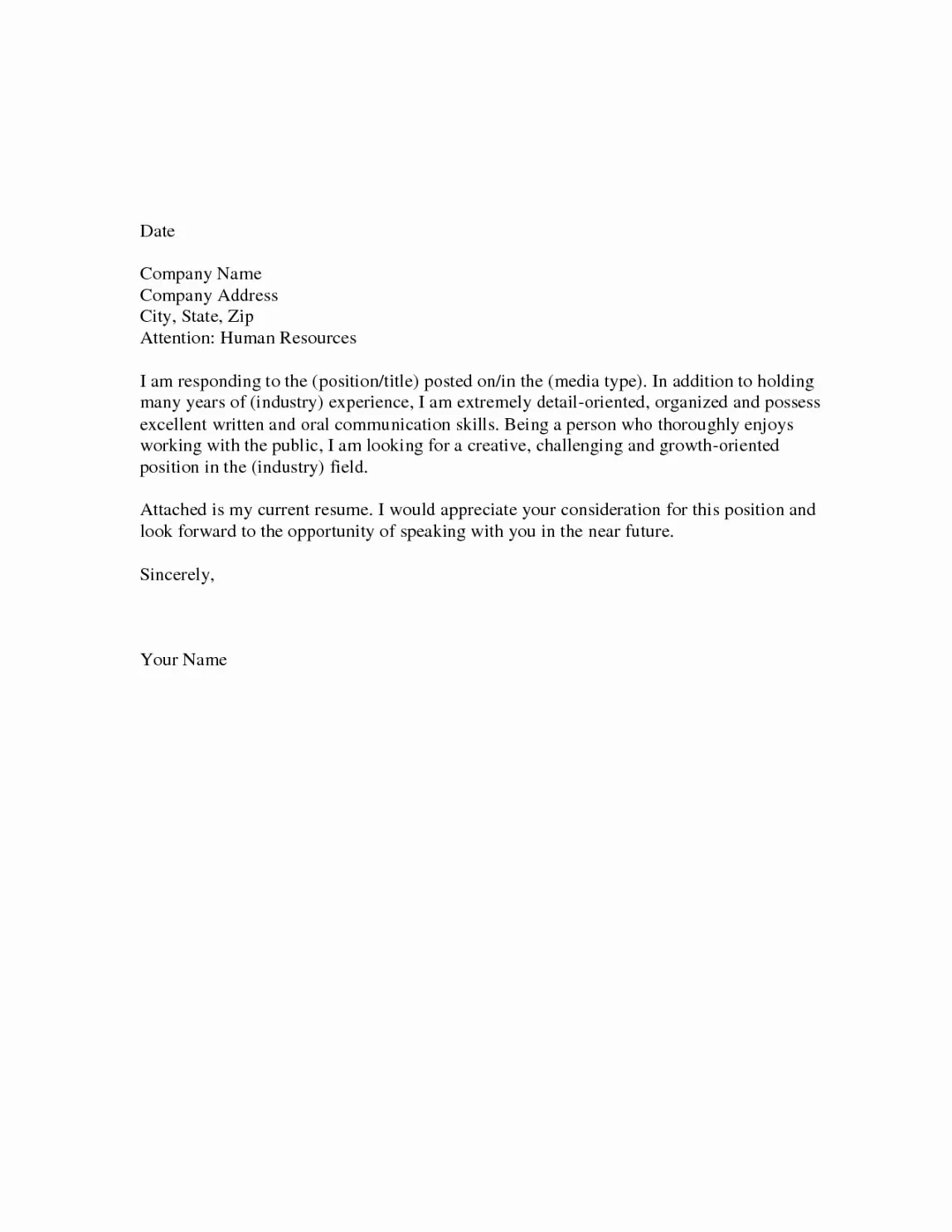Why a Cover Letter Matters
In the competitive landscape of job applications, a well-crafted cover letter serves as your initial introduction to potential employers. It’s your first opportunity to make a positive impression, showcase your personality, and demonstrate why you’re the ideal candidate for the role. While a resume provides a snapshot of your qualifications, a cover letter allows you to expand on your experiences, highlight your key skills, and express your genuine interest in the position and the company. A compelling cover letter significantly increases your chances of securing an interview by providing context to your resume and demonstrating your communication skills.
Cover Letter Essentials What to Include
A strong cover letter goes beyond simply restating your resume; it tells a story. Begin with a clear and concise introduction that grabs the reader’s attention and states the position you are applying for. Follow this with a body that highlights your relevant skills and experiences, providing specific examples to demonstrate your capabilities. Tailor your letter to the specific job description, emphasizing the qualifications and experiences most relevant to the role. Show genuine enthusiasm for the opportunity and explain why you are a good fit for the company’s culture. End with a professional closing that expresses your interest and includes a call to action, such as requesting an interview.
Contact Information and Salutation
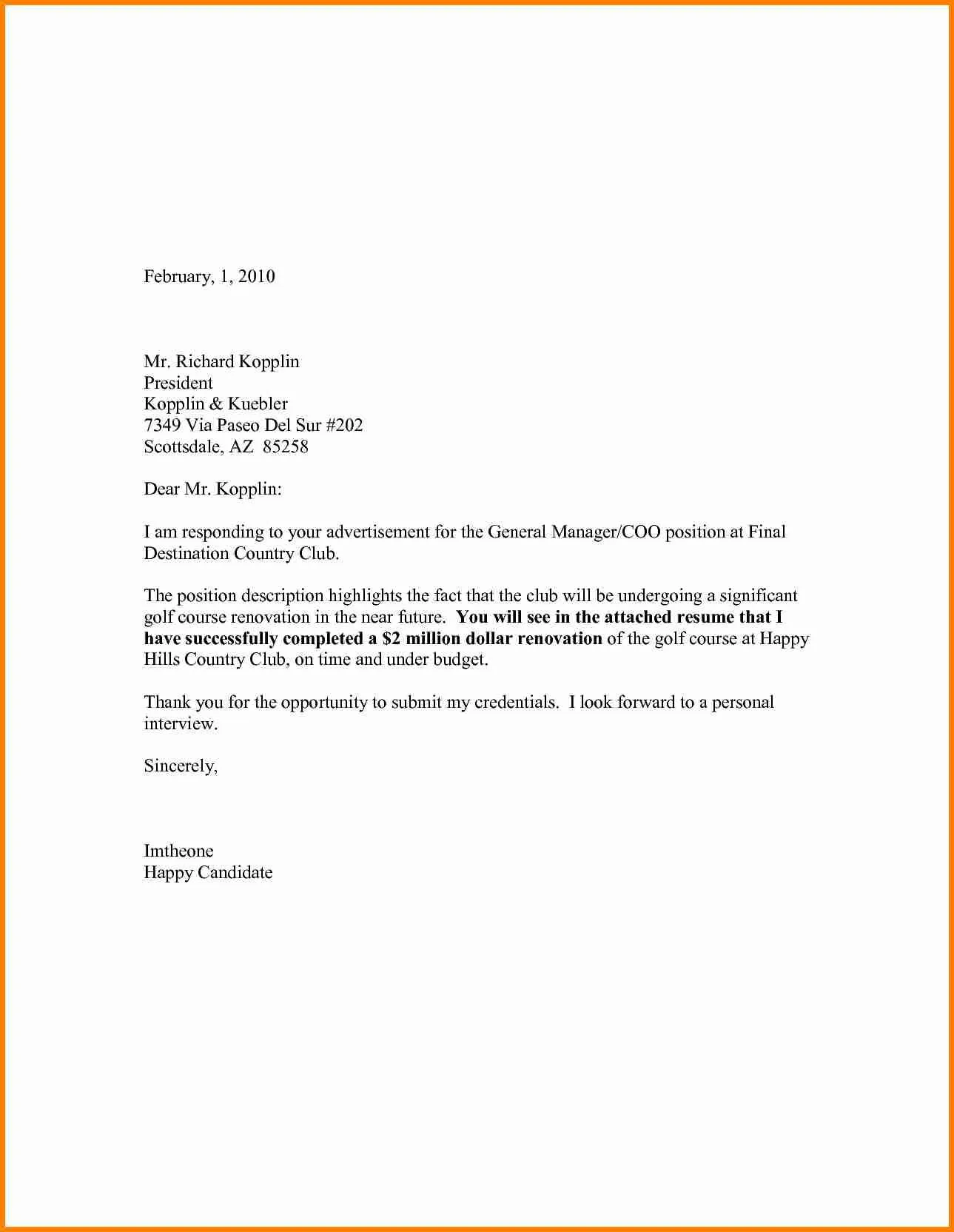
Start your cover letter with your contact information, including your name, address, phone number, and email address. This should be at the top, allowing the employer to easily reach you. Next, address the hiring manager or the specific person mentioned in the job posting. If you cannot find a name, use a professional salutation, such as “Dear Hiring Manager.” Avoid generic greetings like “To Whom It May Concern,” as they lack the personal touch that can make your letter stand out. Always ensure accuracy in the name and title to show attention to detail.
Professional Body Paragraphs
The body of your cover letter is where you make your case. Each paragraph should focus on a specific aspect of your qualifications and experience, linking them directly to the requirements of the job. Structure your paragraphs logically, using clear and concise language. Provide specific examples and quantifiable results whenever possible. Use action verbs to describe your accomplishments and skills. This demonstrates your ability to take initiative and deliver results. Keep the tone professional and engaging, and avoid jargon or overly complex language. Aim for a balance between providing sufficient detail and keeping the letter concise.
Highlighting Your Skills and Experiences
Your cover letter should clearly showcase your relevant skills and experiences. Identify the key skills and qualifications mentioned in the job description and highlight how your experience aligns with them. Use specific examples from your previous roles to demonstrate your abilities. For instance, if the job requires project management skills, describe a project you managed, detailing your responsibilities, the challenges you overcame, and the outcomes you achieved. Focus on accomplishments rather than just listing your responsibilities, illustrating what you brought to the table and the value you provided to previous employers.
Quantifiable Achievements
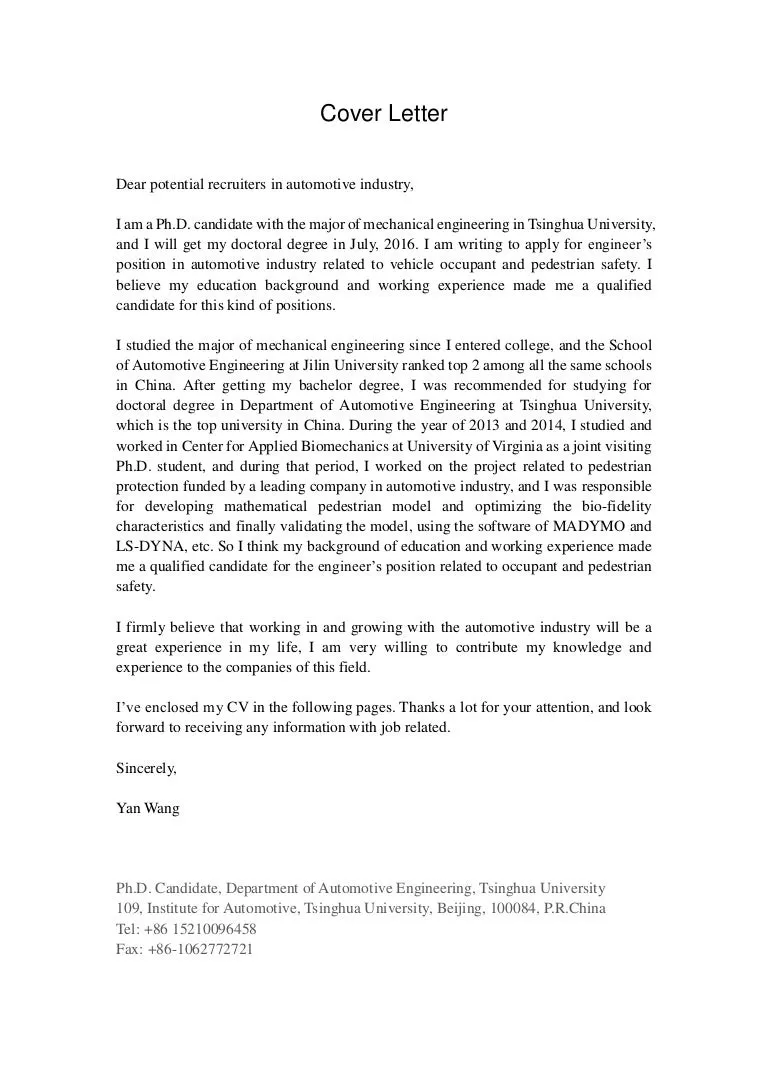
Whenever possible, quantify your achievements to make them more impactful. Use numbers and data to demonstrate the results you have achieved in previous roles. Instead of saying “Managed a team,” say “Managed a team of 10, increasing productivity by 15%.” Quantifiable achievements provide concrete evidence of your capabilities and make it easier for employers to understand the value you can bring to their company. Include statistics, percentages, and specific numbers to showcase your successes. This demonstrates your results-oriented approach and your ability to make a measurable difference.
Tailoring to the Job Description
Customize each cover letter to match the specific job description. Read the job posting carefully and identify the key requirements and qualifications. Highlight the skills and experiences that align most closely with these requirements. Avoid sending a generic cover letter to multiple employers. Take the time to research the company and tailor your letter to their specific needs and values. This personalization demonstrates your genuine interest in the position and the company, making it more likely that you will get noticed.
Expressing Enthusiasm and Fit
Express your enthusiasm for the opportunity and explain why you are a good fit for the company’s culture. Research the company’s mission, values, and recent projects. In your cover letter, explain how your skills and experiences align with these factors. Demonstrate your understanding of the company and its goals. Show that you are genuinely interested in the position and the opportunity to contribute to the company’s success. Mentioning specific aspects of the company that resonate with you, such as its innovative culture or commitment to employee development, further shows your interest.
Effective Closing and Call to Action
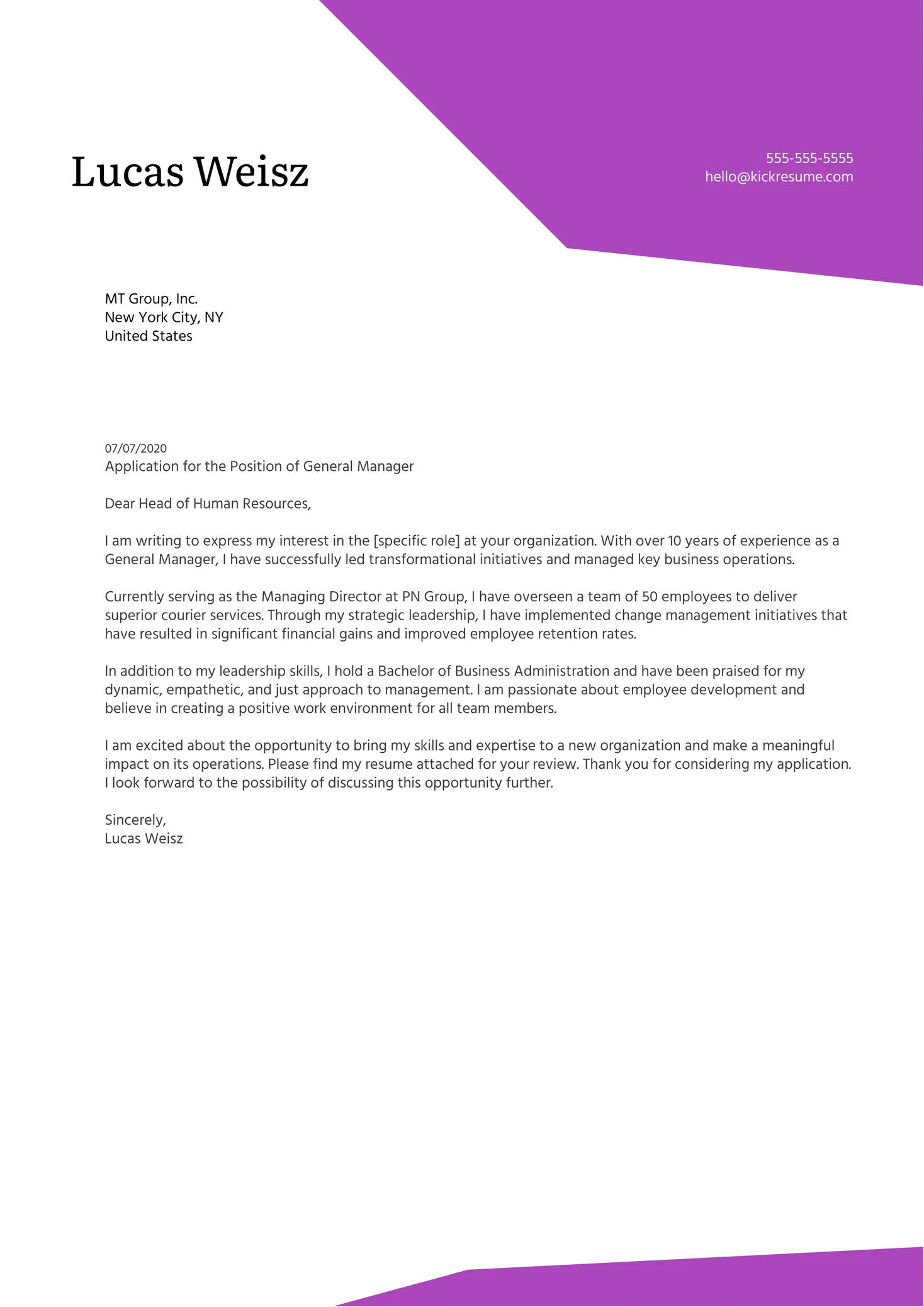
End your cover letter with a professional closing and a clear call to action. Thank the hiring manager for their time and consideration. Reiterate your interest in the position and express your eagerness to discuss your qualifications further. Include a call to action, such as requesting an interview or stating your availability for a phone call. Provide your contact information again and sign off with a professional closing, such as “Sincerely” or “Best regards.” Ensure your closing is polite, professional, and leaves a lasting positive impression.
Formatting and Proofreading
Pay close attention to the formatting of your cover letter. Use a professional font, such as Arial or Times New Roman, and maintain consistent formatting throughout the document. Keep the letter concise, ideally within one page. Proofread your cover letter carefully to eliminate any typos, grammatical errors, or inconsistencies. Use a grammar checker and ask someone else to review your letter for clarity and accuracy. A well-formatted and error-free cover letter demonstrates your attention to detail and professionalism.
Cover Letter Samples Top 5 Examples
To help you get started, here are five different cover letter samples, each with a unique focus to help you tailor to different jobs. Remember to customize these examples to fit your specific experiences and the job you are applying for. Analyze each sample to understand how to best highlight your unique skills and present yourself as a strong candidate for the role.
Sample Cover Letter Example 1
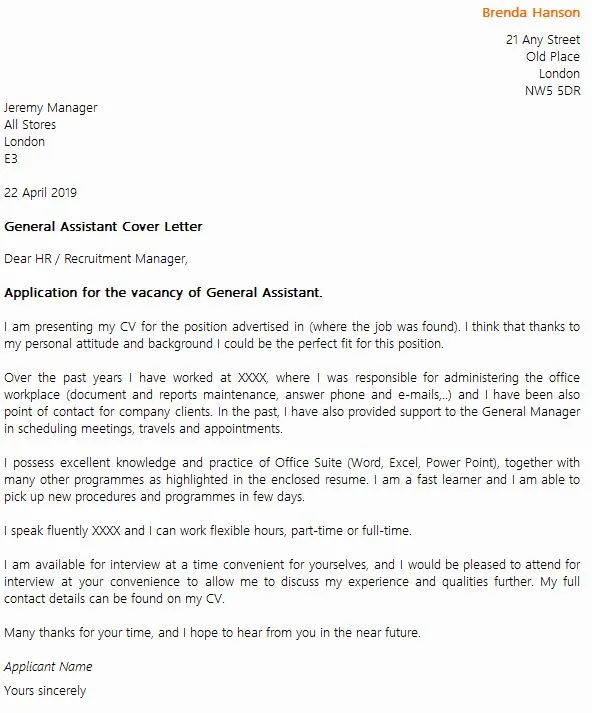
This example is tailored for a recent graduate applying for an entry-level position. It focuses on academic achievements, relevant coursework, and any internship or volunteer experiences. The main goal is to show how enthusiasm, foundational knowledge, and willingness to learn can fit into the company culture and the specific job tasks.
Key Skills and Experience Match
This sample emphasizes matching the candidate’s skills and experience directly to the job description’s requirements. The key is to highlight the skills needed for the specific role and use concrete examples to demonstrate the candidate’s abilities. Quantifiable results are also included to underscore impact and performance.
Sample Cover Letter Example 2
This sample is designed for someone changing careers. It focuses on transferable skills and the applicant’s adaptability. It highlights how past experiences can contribute to success in the new field. The goal is to convince the hiring manager that the candidate’s past accomplishments are valuable and can be applied to the role.
Address and Accomplishments
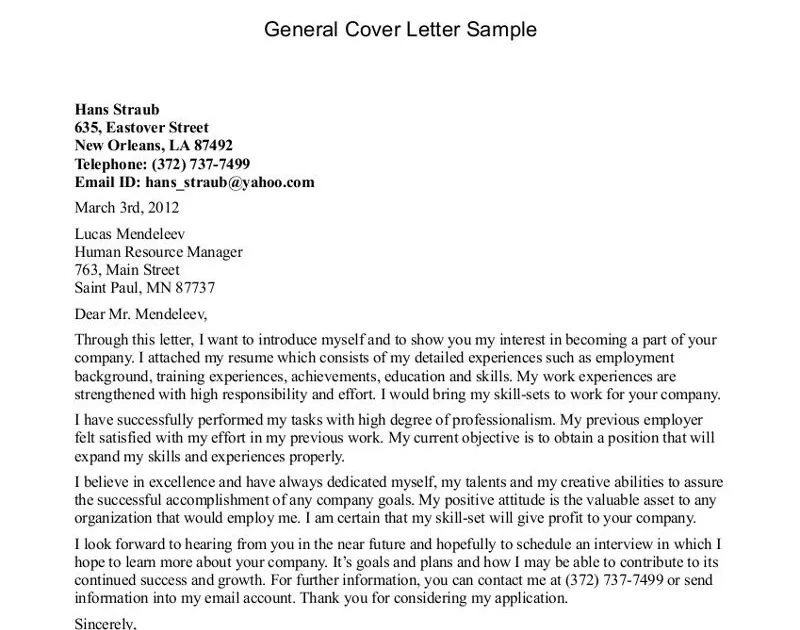
This example emphasizes quantifiable accomplishments. The focus is on illustrating the measurable impact the candidate has had in previous roles, such as increasing sales or reducing costs. Using numbers strengthens the argument and showcases that they have the potential to bring similar value to the new company.
Sample Cover Letter Example 3
This sample aims to highlight relevant experiences in a way that will stand out. It focuses on unique experiences such as volunteer work, unique projects, or significant accomplishments not typically found on a resume. This highlights the applicant’s distinctive qualities and shows how they can contribute more broadly to the company.
Highlighting Relevant Experience
Here, the cover letter strategically highlights the most relevant experiences for the specific job. It focuses on the skills, accomplishments, and experience that directly align with the job requirements, making the case for why this is the best applicant for the role.
Sample Cover Letter Example 4
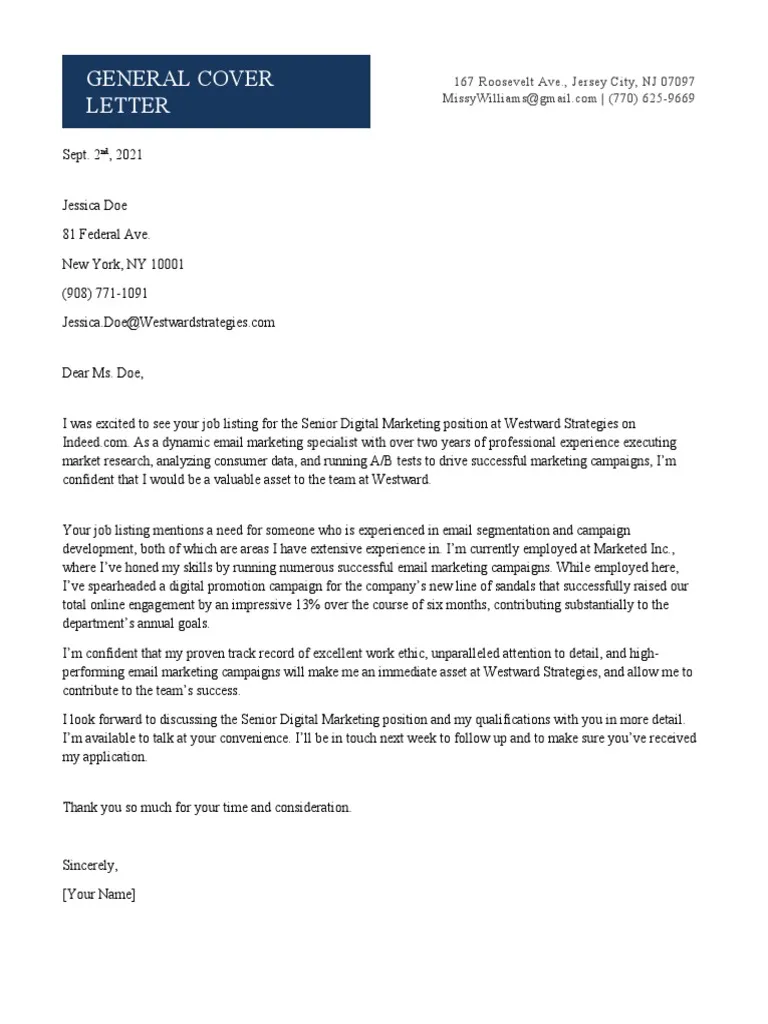
This sample is tailored to highlight qualifications that perfectly match the job description. It focuses on providing examples of the skills and experience that precisely align with what the employer is looking for. It’s all about demonstrating a perfect fit. This example is focused on the perfect fit of the applicant.
Focus on Relevant Qualifications
This example gives the hiring manager a clear picture of the relevant qualifications that are necessary to succeed in the role. By making the connection between qualifications and desired job performance, the candidate creates a compelling case for their candidacy.
Sample Cover Letter Example 5
This sample is designed to emphasize the value proposition of the candidate. It focuses on how the candidate can benefit the employer. It highlights how the candidate’s skills and experience can address the company’s needs and contribute to its success. The emphasis is on creating value.
Emphasize Value Proposition
The value proposition is highlighted. This cover letter focuses on what value the candidate brings to the organization. Highlighting accomplishments, skills, and experiences to illustrate the impact they would have in the role. This is a candidate’s best value to the company.
Proofreading and Final Review
Before submitting your cover letter, always proofread it carefully. Check for any typos, grammatical errors, or inconsistencies. A polished and error-free cover letter demonstrates attention to detail and professionalism. Ask someone else to review your letter for clarity and accuracy. A fresh pair of eyes can often catch mistakes that you might miss. Always ensure the format is perfect, the tone is right, and the contact information is included.
Common Cover Letter Mistakes to Avoid
Avoid common cover letter mistakes such as using a generic template, not tailoring the letter to the specific job, including irrelevant information, and using a passive voice. Do not make spelling or grammar mistakes. Make sure you don’t repeat the resume, don’t lie or exaggerate, and avoid overly casual language. Make sure to keep the letter concise and proofread thoroughly. By avoiding these mistakes, you can significantly increase the impact of your cover letter and improve your chances of landing an interview.
